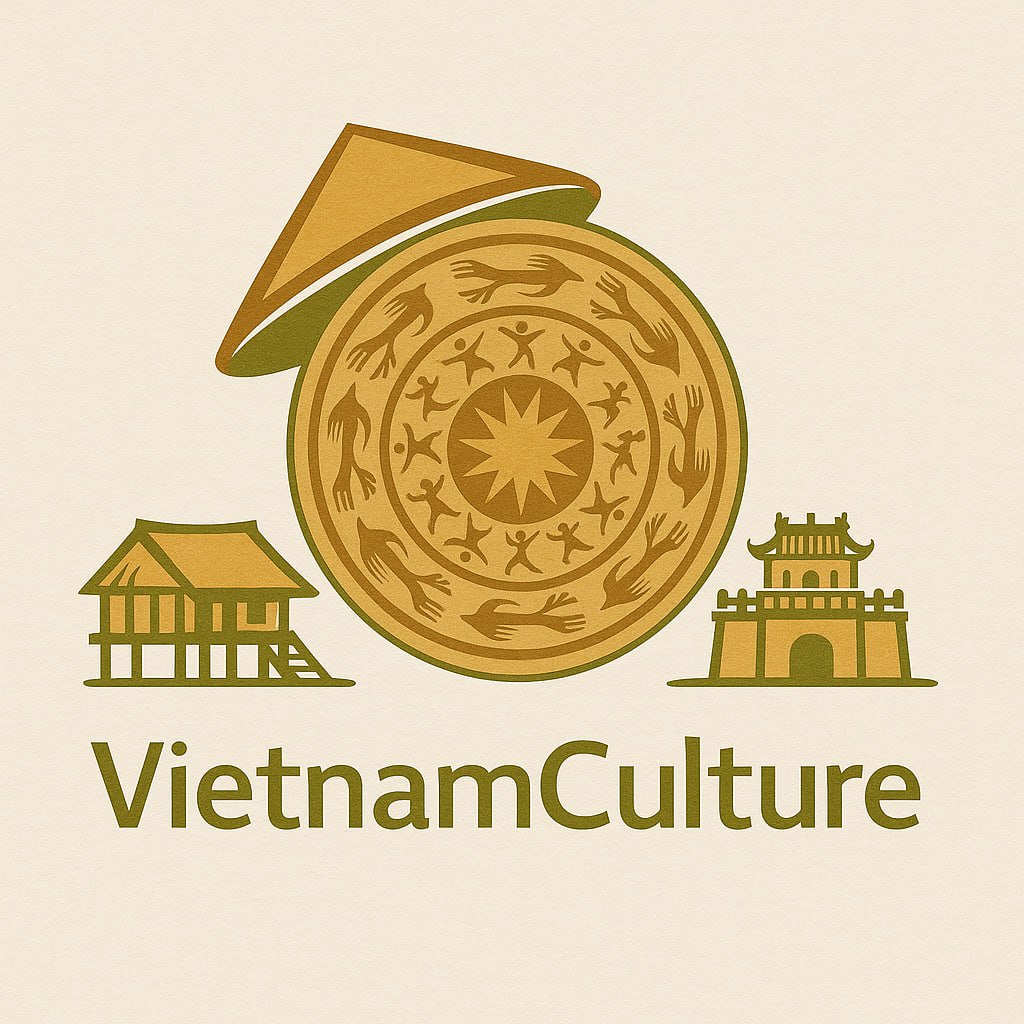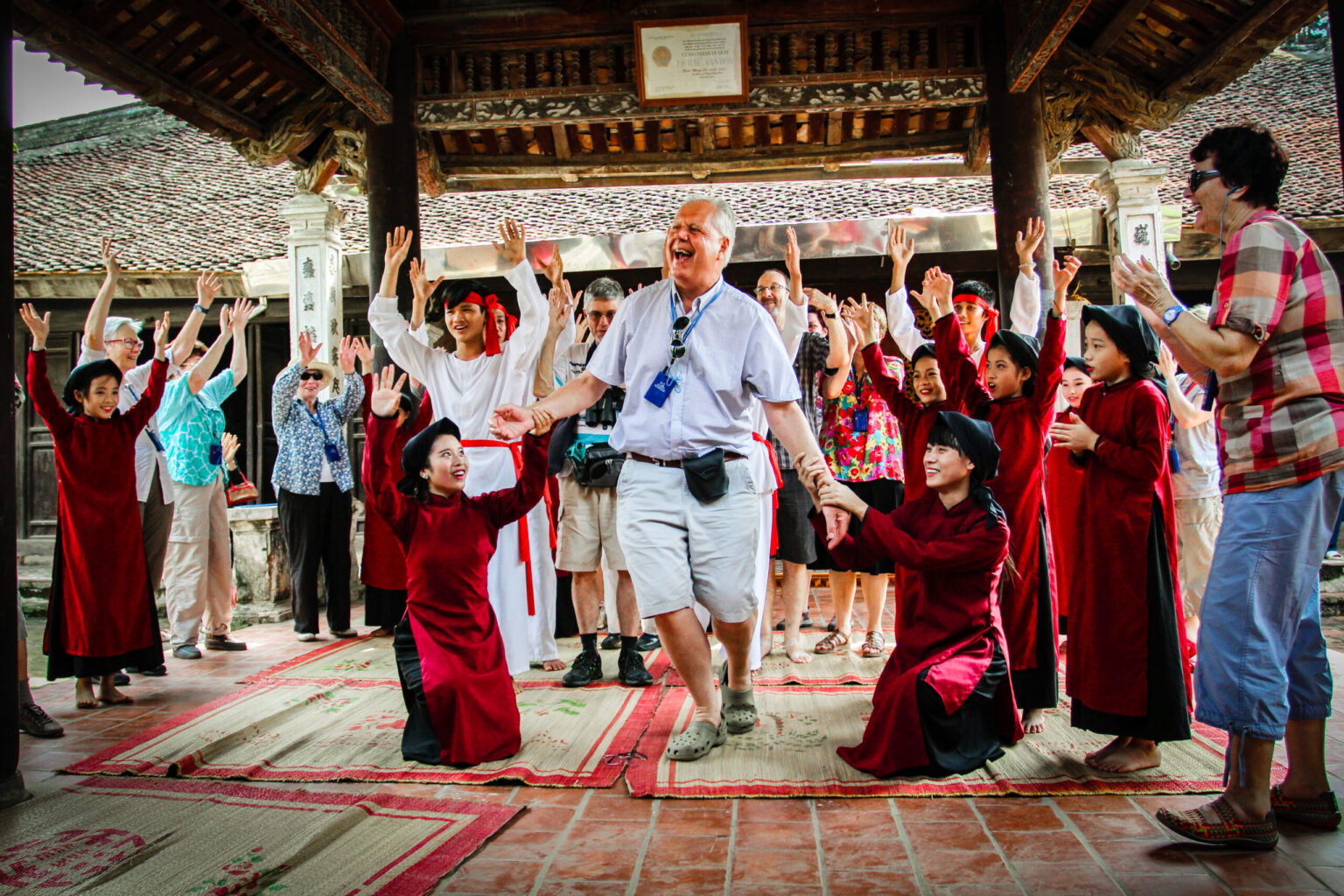Vietnam is home to an incredibly diverse and vibrant musical culture, nurtured by centuries of agrarian life, spiritual belief, and community bonding. Among its most treasured legacies is Vietnamese folk music, a form of traditional art that reflects the country’s rich history, values, and national identity.
From the soulful lullabies passed down by grandmothers to the theatrical charm of Cheo, the rhythmic chants of workers, and the mystical tunes of ceremonial rituals, Vietnamese folk music continues to echo across villages, cities, and global stages. In this article, we will explore the various genres of folk music in Vietnam, their historical and cultural roots, and how they’re being revitalized today.
🇻🇳 What Is Vietnamese Folk Music?
Vietnamese folk music is a form of traditional music developed over generations within local communities, transmitted orally or through practice. It is deeply tied to the rhythms of rural life, spiritual customs, social rituals, and artistic expressions of the Vietnamese people.
Folk music in Vietnam is not monolithic. With 54 ethnic groups and varied landscapes from mountains to rivers, each region has cultivated its unique musical identity.
Core characteristics of Vietnamese folk music include:
- Use of native instruments (bamboo flutes, monochords, moon lutes)
- Oral transmission and community performance
- Close ties to labor, festivals, and spiritual practice
- Poetic lyrics often reflecting love, family, and nature
🎼 Major Genres of Vietnamese Folk Music
🎭 1. Chèo – Traditional Theater of the North
Originating in the Red River Delta, Chèo is a form of folk opera combining music, dance, and storytelling. Emerging in the 15th century, it was once banned in royal courts and thrived among peasants.
Highlights:
- Satirical and humorous narratives
- Traditional instruments: drums, flutes, stringed instruments
- Famous plays: Quan Âm Thị Kính, Trương Viên
Modern revival: Cheo is now taught in art schools and performed on both national and local stages.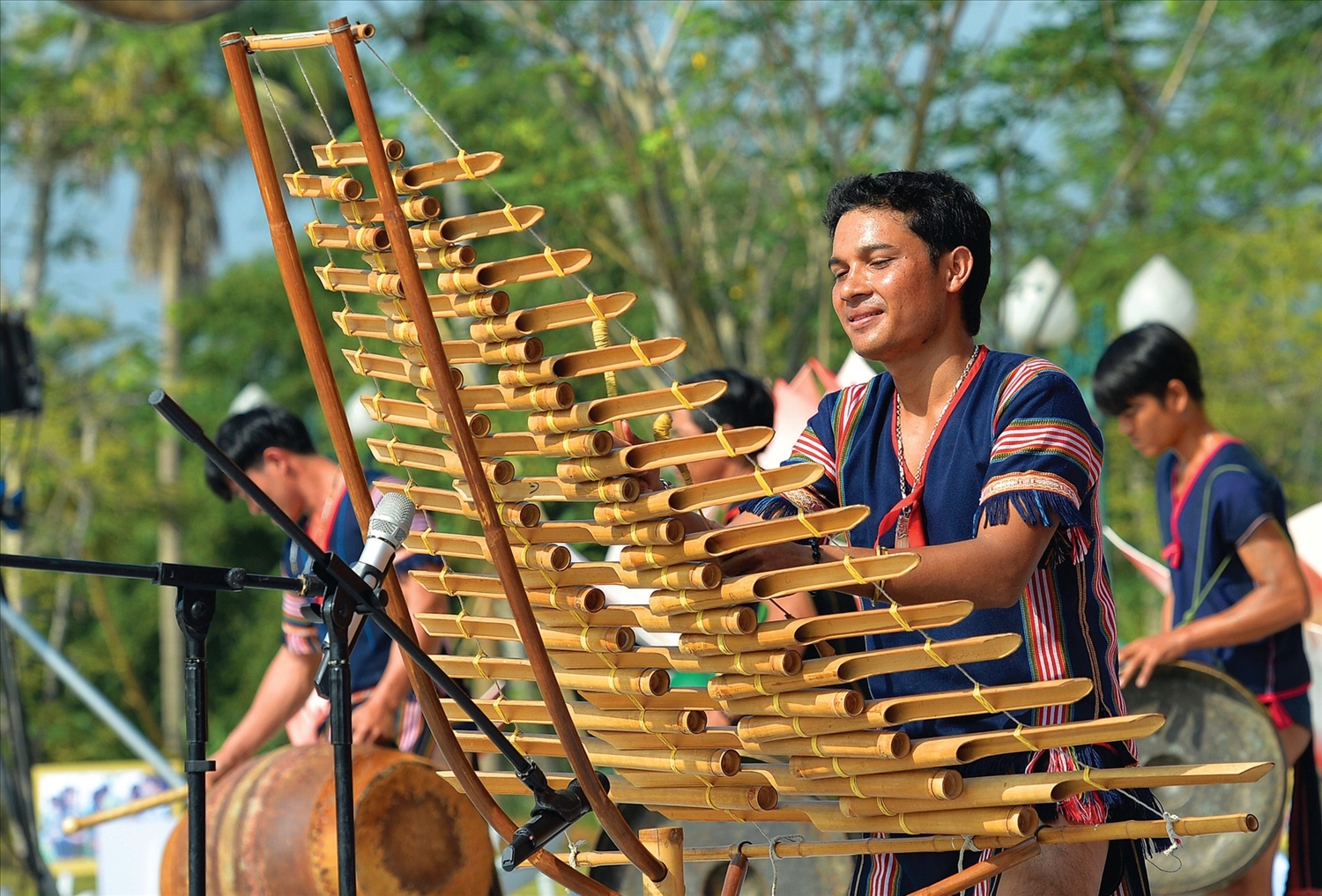
🎤 2. Xẩm – Street Music of the Blind
Xẩm is a heartfelt style of music historically performed by blind street artists in markets and public spaces. It’s known for its poignant lyrics and use of poetry to critique social injustices or express love and nostalgia.
Instruments: two-string fiddle (đàn nhị), monochord (đàn bầu), and drum
Themes: poverty, war, morality, family values
Revival artists: Hà Myo, Xuân Hoạch, and groups like Xẩm Hà Nội have breathed new life into this art form.
💞 3. Quan Họ – Courtship Songs of Northern Vietnam
Quan họ is a UNESCO-recognized form of antiphonal singing from Bắc Ninh and Bắc Giang provinces. Traditionally sung during spring festivals, it features alternating verses between male (liền anh) and female (liền chị) singers.
Characteristics:
- Performed without instruments
- Intricate vocal techniques: vibrato, harmony, call-and-response
- Traditional attire: áo tứ thân, khăn mỏ quạ (traditional headscarves)
Visitors can enjoy Quan họ during the famous Lim Festival held annually in Northern Vietnam.
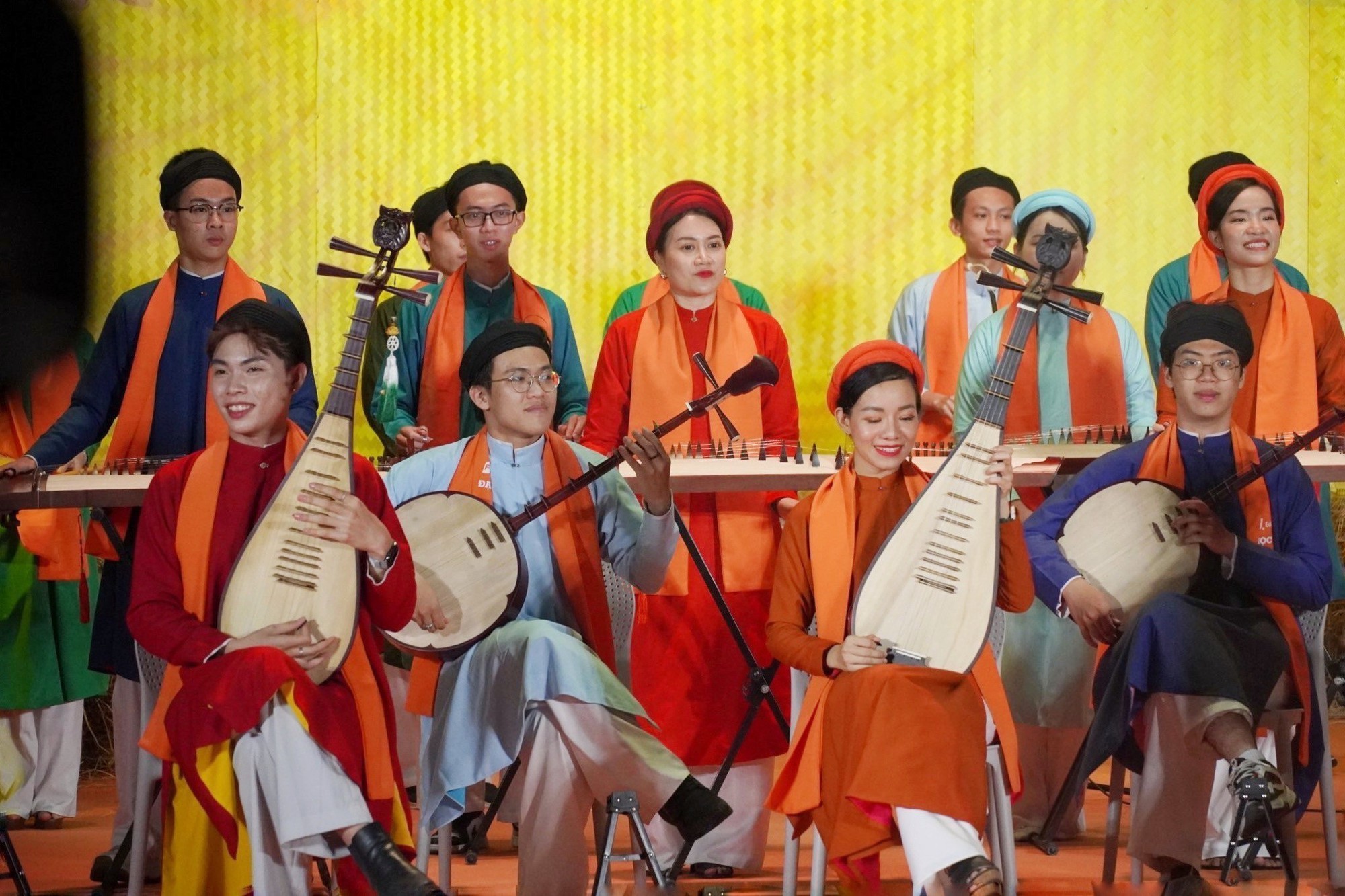
🕊️ 4. Ca Trù – Chamber Music for Intellectuals
Recognized by UNESCO as an intangible cultural heritage in need of urgent safeguarding, Ca Trù is a sophisticated form of sung poetry. It flourished in aristocratic and scholarly circles during the Lê and Nguyễn dynasties.
Performance setup:
- A female vocalist (đào nương)
- Accompanied by a lute player (đàn đáy) and percussionist (trống chầu)
- Lyrics based on ancient poetic forms like phú, ngâm, and hát nói
Ca Trù is known for its nuanced, intellectual, and often spiritual expression.
🧚 5. Chầu Văn – Ceremonial Trance Music
Chầu Văn is a sacred musical tradition performed during hầu đồng rituals in the Vietnamese mother goddess belief (Đạo Mẫu). Its purpose is to invite deities to “descend” into mediums through song and rhythm.
Features:
- Combination of poetry, singing, dancing, and instruments
- Fast tempos and dramatic transitions
- Performed during spiritual ceremonies, often with vibrant costumes
Chầu Văn plays a significant role in the spiritual life of the Red River Delta region.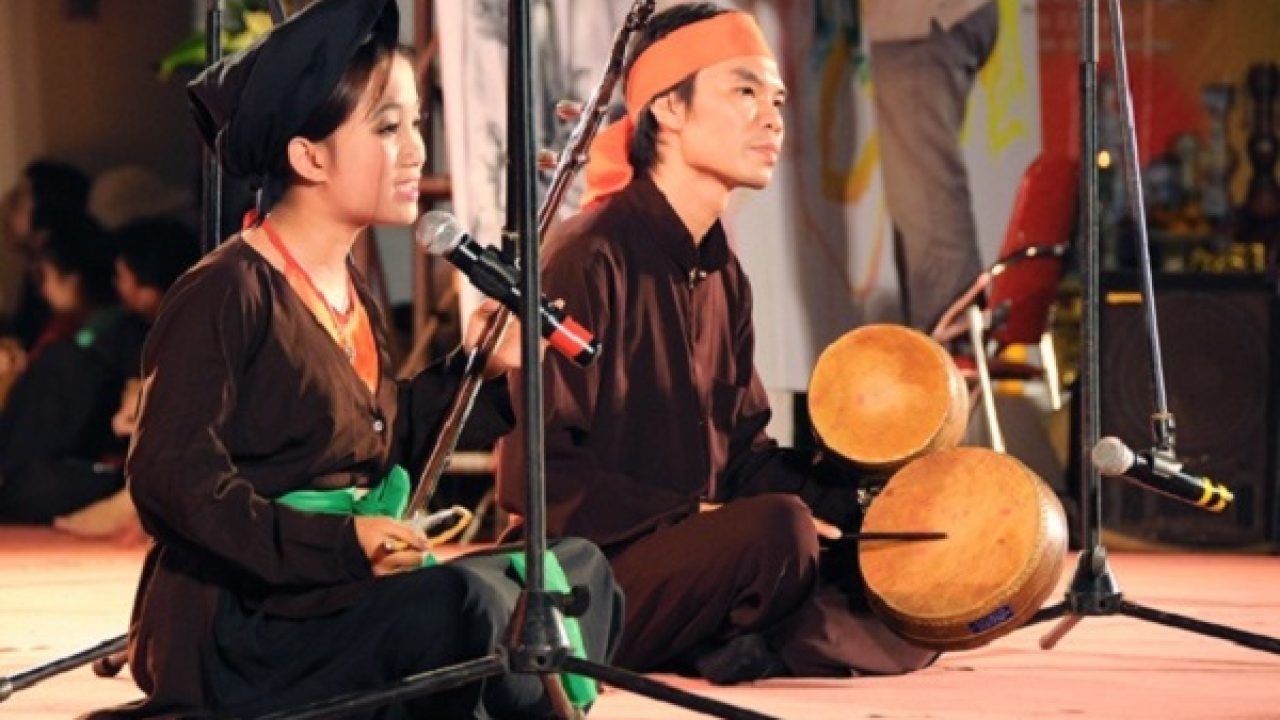
🛶 6. Hò – The Music of Labor and Love
Hò is a genre of rhythmic chanting that originated in Central and Southern Vietnam. Performed during manual labor (rowing boats, harvesting rice), Hò helped synchronize group effort and provided emotional relief.
Types of Hò: Hò khoan, Hò giã gạo, Hò Đồng Tháp, Hò kéo lưới
Content: often playful, romantic, or melancholic
Hò represents the bond between work, song, and the environment—especially in Vietnam’s fertile deltas and river regions.
👑 7. Nhã Nhạc – Imperial Court Music
Nhã Nhạc (elegant music) is a highly refined style once performed during royal ceremonies under the Nguyễn Dynasty. It was designated a Masterpiece of the Oral and Intangible Heritage of Humanity by UNESCO in 2003.
Instruments: gongs, flutes, zithers, drums
Function: Ritual music for worship, coronations, and state events
Performance style: solemn, elegant, and highly disciplined
Today, Nhã Nhạc can be enjoyed in performances at the Imperial City of Hue.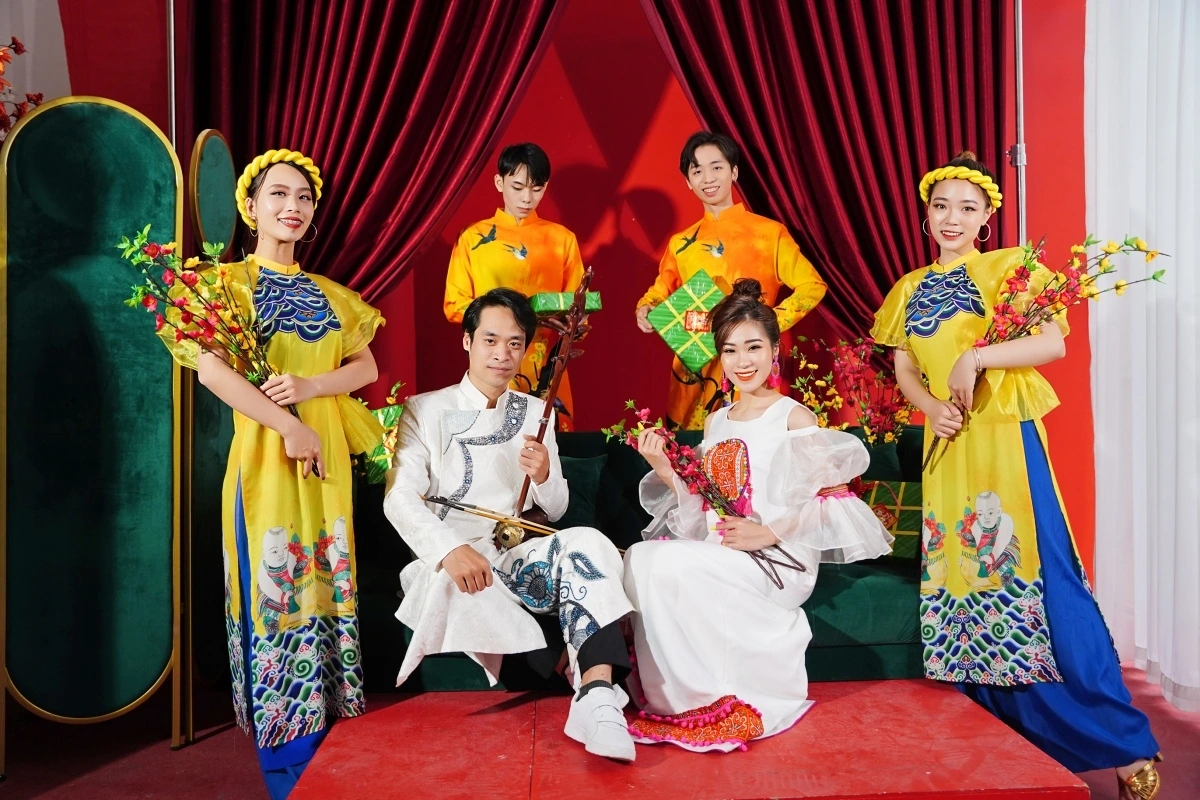
🎸 8. Đờn Ca Tài Tử – Southern Soul of Vietnam
Đờn ca tài tử is a blend of scholarly and folk music developed in Southern Vietnam during the late 19th century. It is characterized by emotional improvisation and instrumental mastery.
Instruments: guitar with scalloped frets (guitar phím lõm), đàn kìm, đàn tranh
Themes: countryside life, love, sorrow, philosophical thought
Modern influence: It has inspired genres like cải lương (Southern opera) and even pop ballads. In 2013, UNESCO recognized it as a Representative Intangible Cultural Heritage of Humanity.
🔄 Vietnamese Folk Music in the Modern Era
Despite challenges from globalization and commercialization, Vietnamese folk music is thriving in both traditional forms and creative reinterpretations.
🎤 Young Artists Bridging Old and New
- Double2T: A Tày rapper who blends traditional instruments like the đàn tính with modern hip-hop beats (e.g. “À lôi”)
- Hà Myo: Famous for her “Xẩm Hà Nội” series, combining xẩm with modern arrangements
- Hoàng Thùy Linh: Global hit “See Tình” creatively infuses đờn ca tài tử with contemporary pop and dance
These artists honor their roots while introducing Vietnamese folk music to younger and global audiences.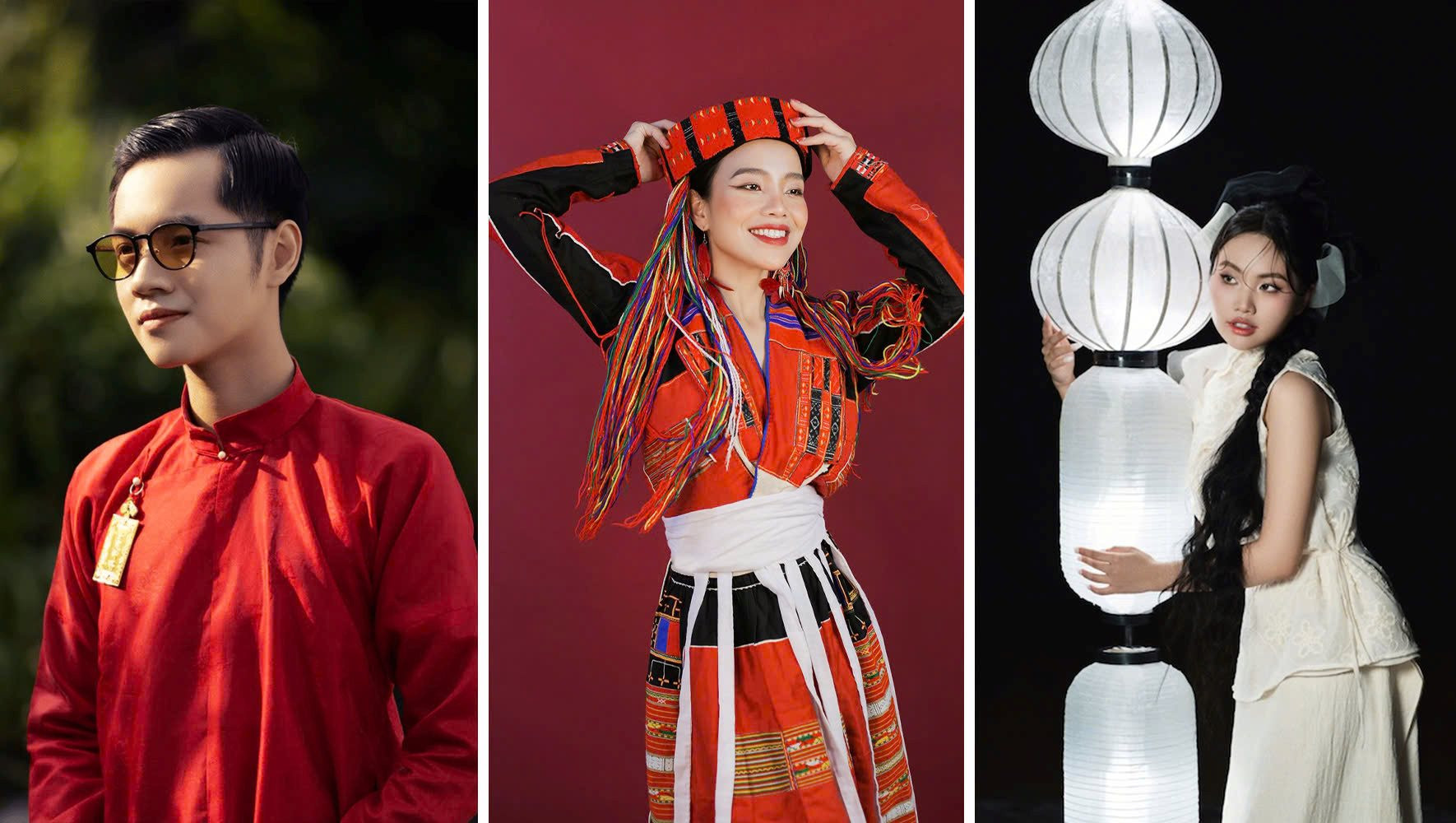
📲 Online Platforms for Promotion
Vietnamese folk music is now accessible on:
- YouTube and TikTok (viral trends with folk songs and dances)
- Spotify, Apple Music
- Virtual performances and cultural exchange programs
Social media has given this once-localized art form a global platform.
⚠️ Challenges and Opportunities
While revitalization is promising, Vietnamese folk music faces several risks:
- Loss of original performers and oral transmission lines
- Misrepresentation or over-commercialization
- Cultural appropriation without understanding
To ensure sustainability, efforts are being made in:
- Education and school curricula
- Cultural tourism and community festivals
- Government support and UNESCO recognition
Artistic integrity and cultural knowledge are crucial for preserving authenticity.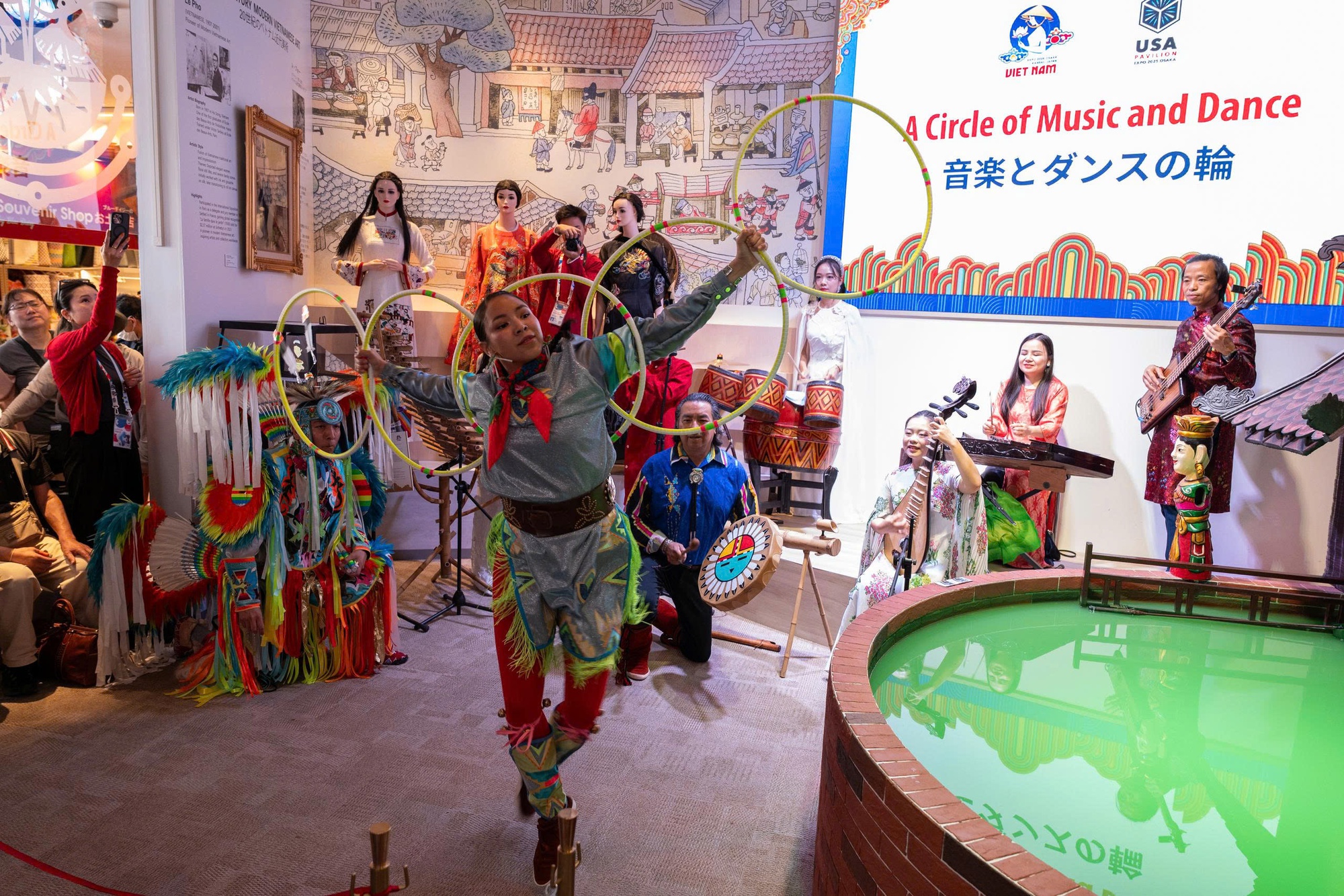
🧭 Experiencing Vietnamese Folk Music as a Visitor
Foreign tourists can enjoy live folk music in various settings:
| Location | Experience |
| Hanoi | Water puppetry with live music, Xẩm street shows, Ca trù clubs |
| Hue | Nhã Nhạc performances at the Citadel |
| Bac Ninh | Quan họ singing during Lim Festival |
| Mekong Delta | Đờn ca tài tử on boat tours or in homestays |
| Ethnic villages (Sa Pa, Tây Bắc) | Experience traditional music of H’Mông, Dao, Tày people |
🌟 Final Thoughts: Vietnamese Folk Music as a Global Treasure
Vietnamese folk music is not just a relic of the past. It is a dynamic, evolving form of expression that bridges generations, communities, and cultures. From ceremonial chants to lyrical duets, every note carries the wisdom, emotion, and identity of Vietnam.
In a world longing for authenticity, Vietnamese folk music offers something rare: a sound that is both ancient and alive, rooted yet resonant, familiar yet utterly unique.
🎶 Let its melodies guide you deeper into the heart of Vietnam Culture.
See more post: Vietnam cultural tourism: Discover the heart and soul of Vietnam through tradition and heritage
